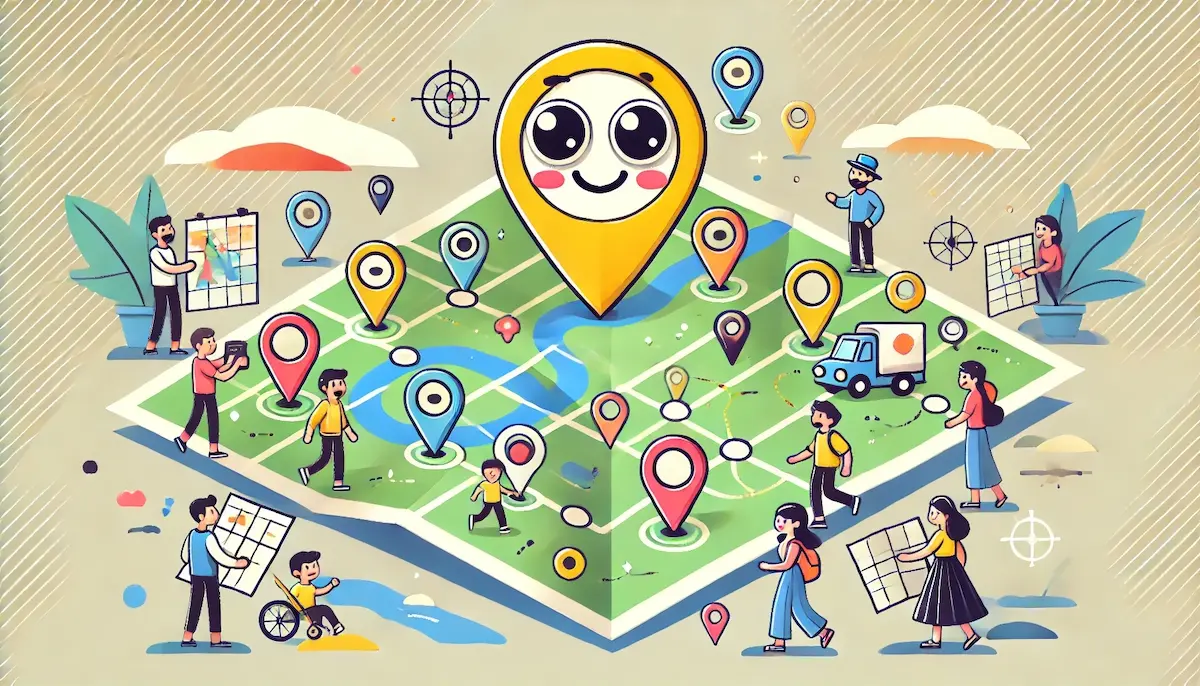User journey mapping is a strategic process used to visualize the steps users take when interacting with a product or service. It helps organizations understand user experiences, identify pain points, and uncover opportunities for improvement. By mapping out the user journey, designers and stakeholders can create more user-centered products and services.
What is User Journey Mapping?
User journey mapping involves creating a visual representation of the user’s experience as they engage with a product, service, or brand. This map outlines each touchpoint and interaction from the user’s perspective, capturing their goals, emotions, and challenges at each stage. The process helps teams gain a deeper understanding of the user’s needs and behaviors.
The Importance of User Journey Mapping
User journey mapping offers several key benefits:
- Improves User Experience: By understanding the user journey, organizations can design more intuitive and satisfying experiences that address user needs and pain points.
- Identifies Pain Points: Mapping out the journey highlights areas where users encounter difficulties, allowing teams to address these issues and improve overall satisfaction.
- Aligns Stakeholders: Journey maps provide a shared understanding of the user experience, fostering collaboration and alignment among cross-functional teams.
- Informs Decision-Making: Insights from journey maps guide strategic decisions, from product design to marketing strategies, ensuring they are user-centered.
- Enhances Customer Retention: By addressing pain points and enhancing the user experience, organizations can increase customer loyalty and retention.
Key Components of a User Journey Map
A comprehensive user journey map typically includes the following components:
- Personas: Representations of key user segments, detailing their characteristics, goals, and behaviors. Personas help to humanize the data and focus on specific user needs.
- Stages: The different phases a user goes through when interacting with the product or service. Common stages include awareness, consideration, purchase, use, and retention.
- Touchpoints: Specific interactions or points of contact between the user and the product or service. This can include website visits, customer service calls, and social media interactions.
- User Actions: The steps users take at each touchpoint. This includes actions like searching for information, clicking on a link, or making a purchase.
- Emotions: The feelings and emotions users experience at each stage of their journey. This helps identify moments of frustration, satisfaction, and delight.
- Pain Points: Challenges and obstacles that users encounter throughout their journey. Understanding these pain points helps to prioritize areas for improvement.
- Opportunities: Potential areas for enhancing the user experience. This can include new features, improved support, or streamlined processes.
The Process of Creating a User Journey Map
Creating a user journey map involves several key steps:
- Research and Data Collection: Gather qualitative and quantitative data through user interviews, surveys, analytics, and usability testing. This provides insights into user behaviors and experiences.
- Define Personas: Develop detailed personas that represent key user segments. These personas will guide the mapping process and ensure a user-centered focus.
- Identify Stages: Outline the main stages of the user journey, from initial awareness to long-term engagement. This provides a framework for mapping touchpoints and actions.
- Map Touchpoints and Actions: Identify all the touchpoints and actions users take at each stage. Document what users do, think, and feel during these interactions.
- Analyze Emotions and Pain Points: Assess the emotional journey and identify pain points that users experience. This helps to highlight areas needing improvement.
- Identify Opportunities: Based on the analysis, identify opportunities to enhance the user experience. Consider both quick wins and long-term strategic improvements.
- Visualize the Journey: Create a visual representation of the user journey map. Use diagrams, charts, and narratives to make the map easy to understand and share with stakeholders.
- Share and Iterate: Share the journey map with relevant teams and stakeholders. Gather feedback and iterate on the map to ensure it accurately reflects the user experience.
Conclusion
User journey mapping is a powerful tool for understanding and improving the user experience. By visualizing the user’s interactions and emotions, organizations can identify pain points, align stakeholders, and make informed decisions that enhance satisfaction and loyalty.
Blockfine thanks you for reading and hopes you found this article helpful.
